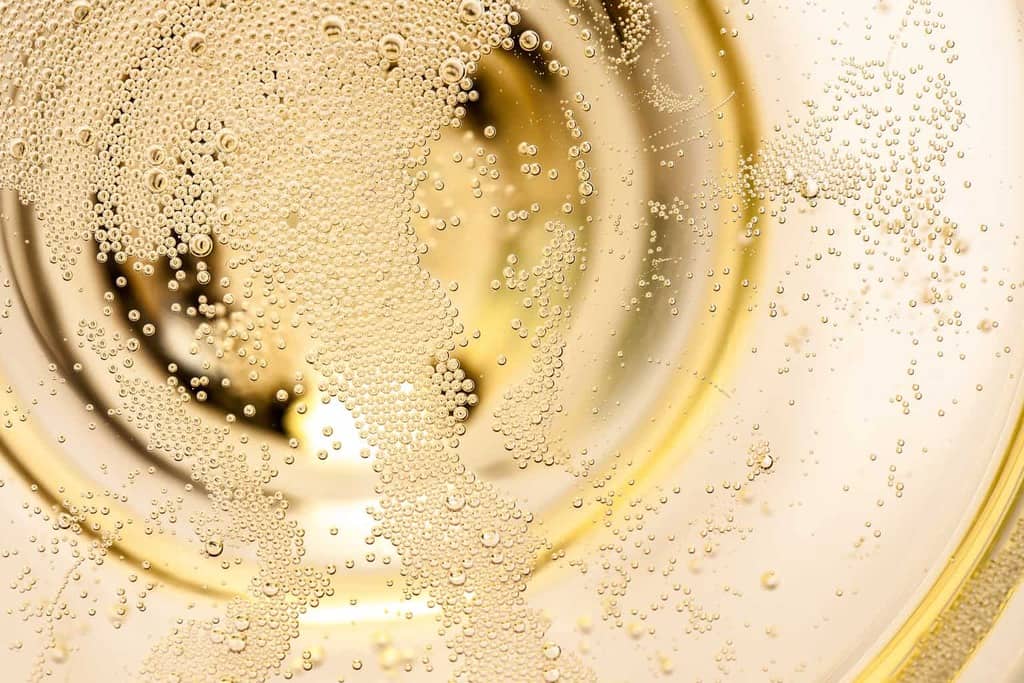What are the best champagnes you recommend that won’t break the bank?
While Champagne does start at an understandably higher price point than most wines, there are wonderful values spanning several styles available that won’t break the bank:
- VINTAGE: Veuve Clicquot, Vintage 2008 Rose ($89): Hand-crafted by the Chef de Caves, Dominique Demarville, and aged for 7+ years (same as Dom Perignon!), with grapes sourced from Grand Cru villages, including the famed Pinot Noir village of Bouzy – an incredible value.
- BLANC DE BLANCS: Ruinart, Blanc de Blancs, NV ($74): A Champagne composed of the most challenging and least planted grape in the region, Chardonnay. Grapes are primarily sourced from Premier Cru vineyards, meaning that of the 318 classified villages of Champagne, these plots are located in the 43 considered to be superior. Not only is Ruinart the first established Champagne house (1729!), it’s cellars, “crayeres”, are also UNESCO world heritage sites.
- GROWER: Chartogne-Taillet, “Sainte Anne”, NV ($40): An opportunity to taste a grower at a reasonable price point. Alexandre Chartogne sources from his 11 hectares (27 acres) of grapes in the village of Merfy, with a primary goal of letting the wines express the unique terroir of his plots, a skill honed while apprenticing in Burgundy.
RELATED: A Wine Lover’s Guide to Touring the Champagne Region of France
Why is Champagne So Expensive?
There are a few reasons behind the luxury price-tag that is found with Champagnes.
Champagne is Expensive Because of Where It’s Grown
Firstly, let’s consider the place itself. Champagne is one of the smallest wine regions in the world, totaling 76,000 acres. There is simply only so much land that the grapes can be grown on, and thus only so much wine that can be made. Champagne represents less than one percent of the world’s total wine production, and less than ten percent of the sparkling wine produced globally.
RELATED: Sparkling Wine vs Champagne – What’s The Difference?
Champagne Production is Costly
Secondly, costs tend to be high due to the unique and meticulous craftsmanship that goes into the wine. In Champagne, each of the unique details of production are considered and regulated by law. From the methods of hand-harvesting the grapes, to measuring the volume of juice pressed off how many kilos of grapes, to the minimum amount of time the bottles are allowed to rest in the cellars (15 mo.).
These are a few of the reasons why you will never see a bargain-priced bottle of true Champagne – they simply do not exist!
